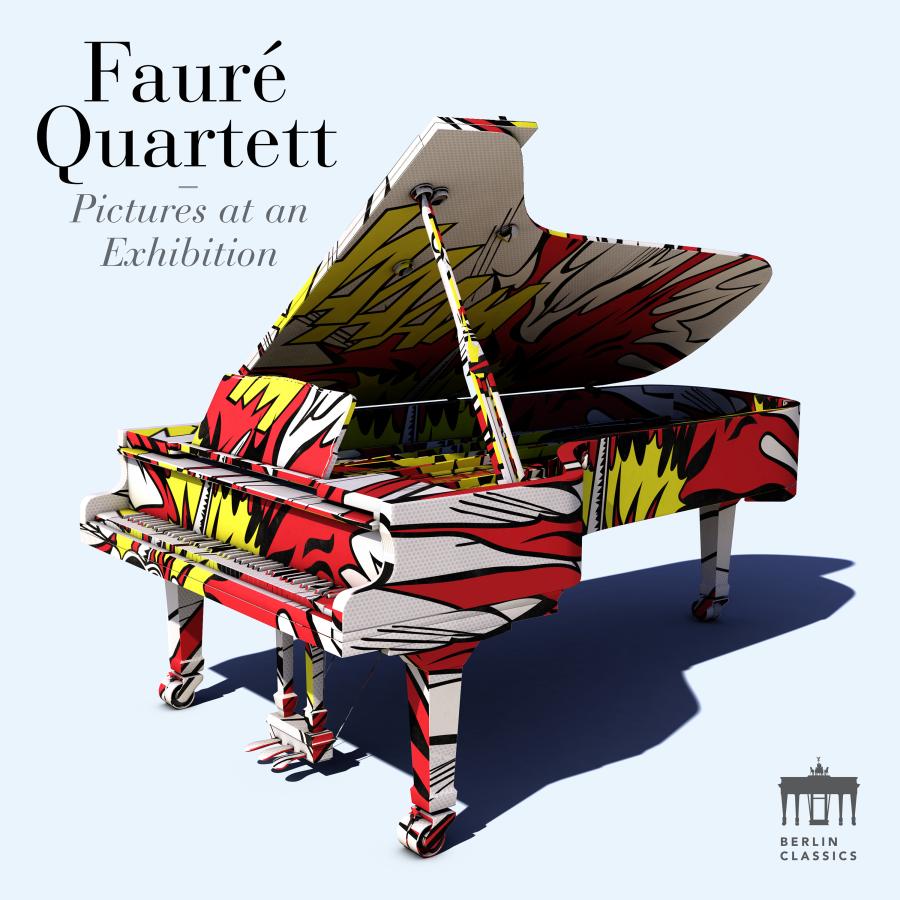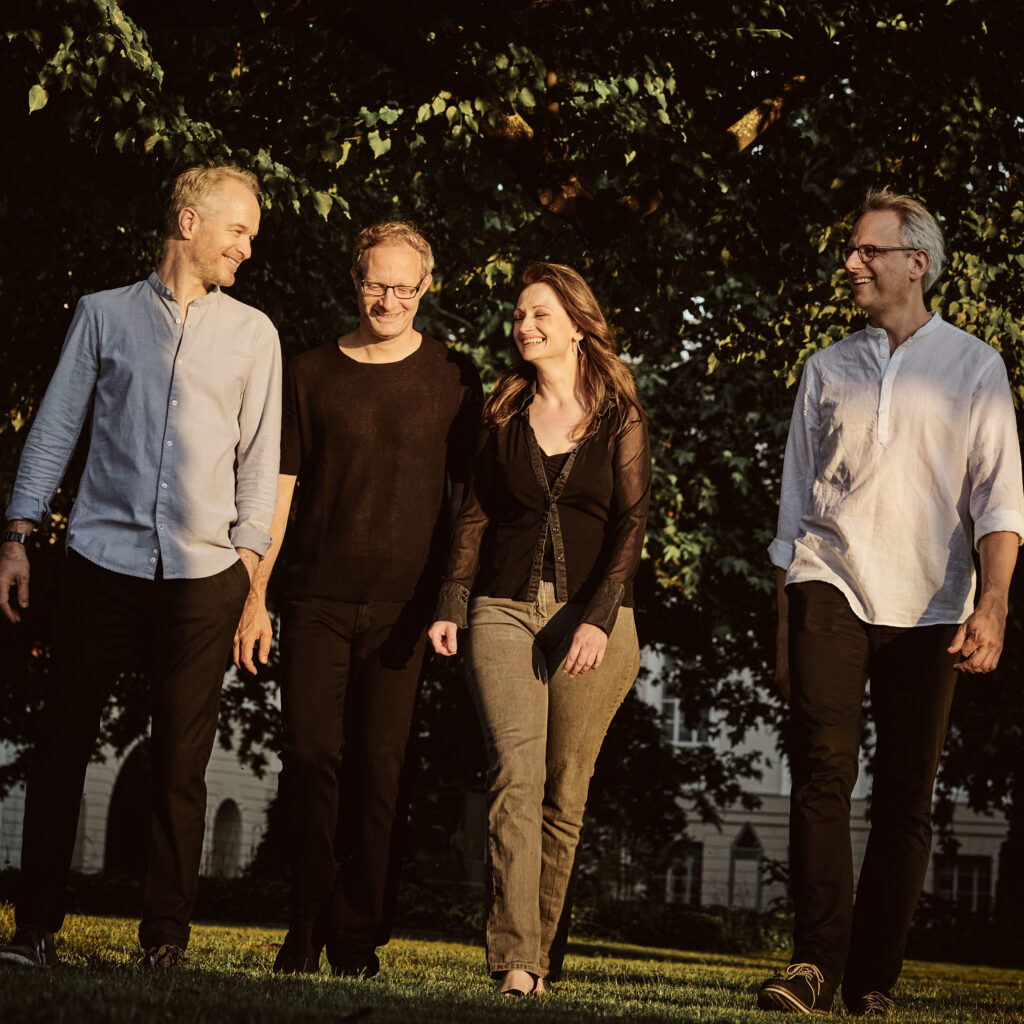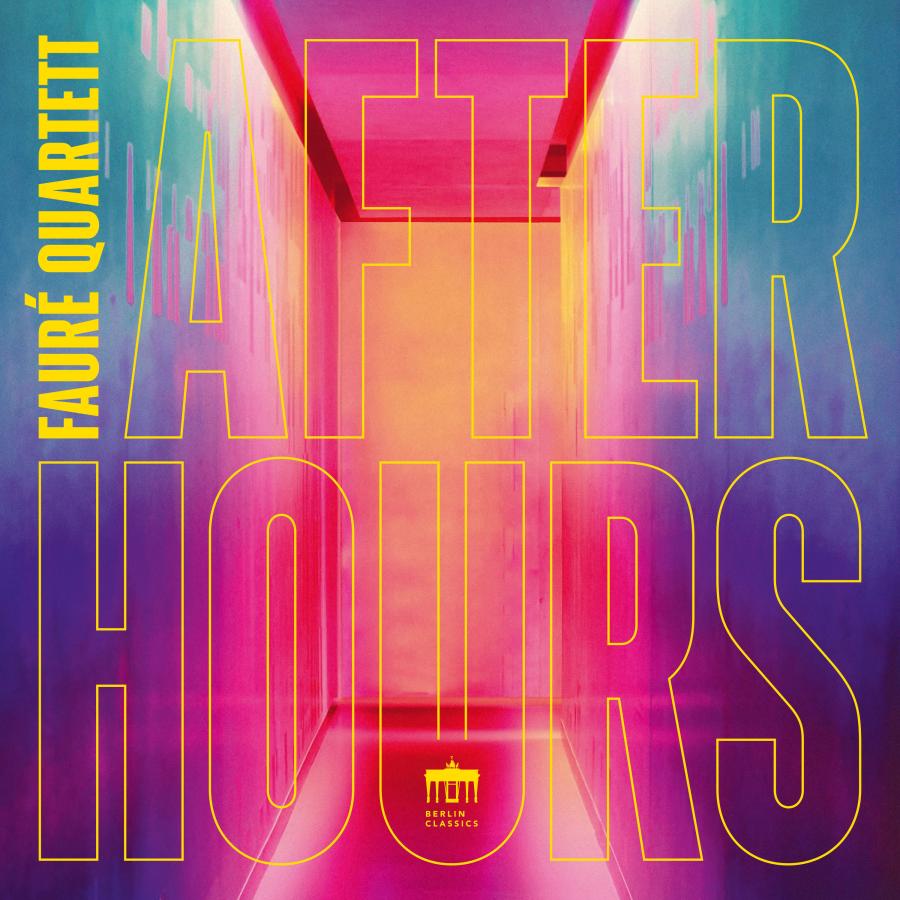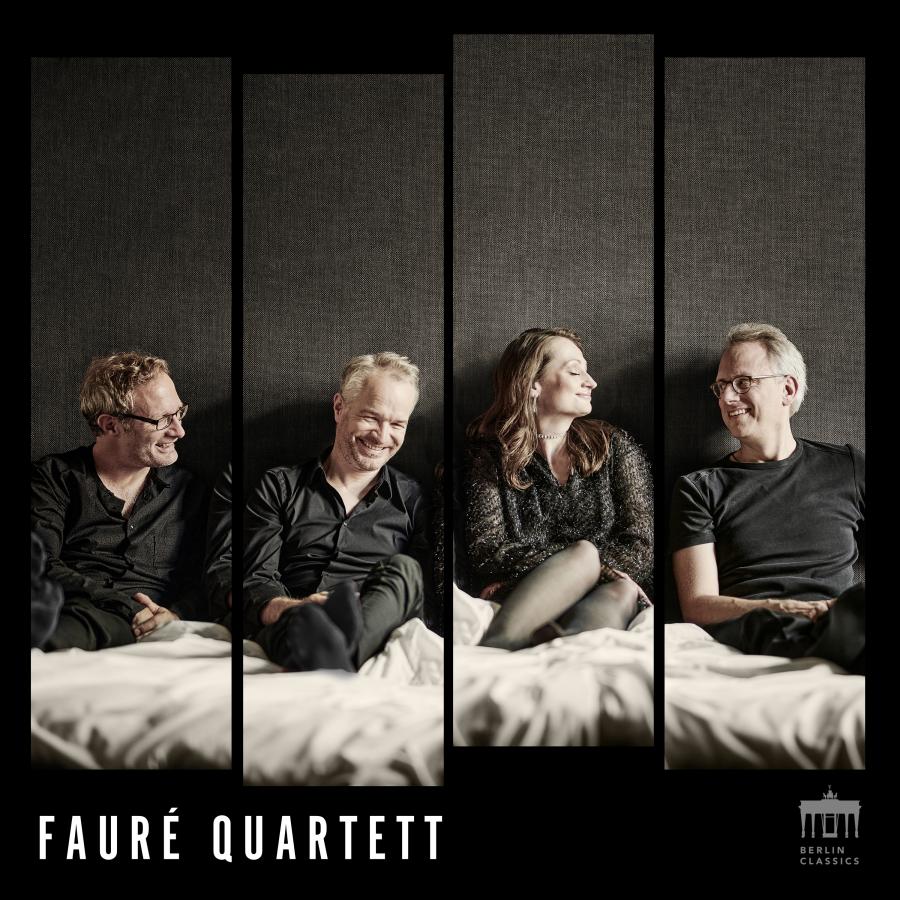The internationally renowned Fauré Quartet is releasing the world’s first-ever recording of Pictures at an Exhibition and Etudes-Tableaux in their versions for piano quartet on the Berlin Classics label.
It’s the Roaring Twenties. That musical jack-of-all-trades, Serge Koussevitsky, Director of Music with the Boston Symphony Orchestra for twenty-five years, commissions the orchestration of two world-famous works: Pictures at an Exhibition by Modest Mussorgsky, who died in 1881, and the Etudes-tableaux by Sergey Rachmaninoff. And who does Koussevitsky choose for this task? Why, none other than the two great composers Maurice Ravel and Ottorino Respighi. Their orchestrations lay the foundations for numerous other arrangements of those works, none of which it must be said has ever achieved the same popularity as those by Ravel and Respighi. More than 80 years later, Dirk Mommertz, a member of and pianist with the Fauré Quartet, has arranged both of these works anew – this time for piano quartet.
“A chamber-music ensemble, with piano and strings, is ideally suited to present the entire tonal spectrum,” explains Dirk Mommertz. Violinist Erika Geldsetzer, violist Sascha Frömbling, cellist Konstantin Heidrich and Mommertz at the piano have been an entity for over 25 years now and are justifiably acknowledged as one of the most influential piano quartets in the world. They are renowned for branching out into new territory; they are not afraid of leaving the well-trodden path, so it comes as no surprise that the Fauré Quartet have recorded for the first time, and are about to release, their own arrangements of Pictures at an Exhibition and the Etudes-tableaux on one album.
Mussorgsky’s Pictures at an Exhibition seemed doomed to fade into obscurity after the composer’s death. Ravel’s version simultaneously triggered global dissemination of the original work and gave his own popularity an enormous boost. In five months, between May and September 1922, the Frenchman created a version which was of course conducted by Koussevitsky at the Paris Opera and immediately won great acclaim. When Koussevitsky approached Rachmaninoff seven years later and suggested to him that he might ask Ottorino Respighi to arrange the Etudes-tableaux for orchestra, the Russian was enthused by the idea straight away. Although Rachmaninoff had for many years doggedly refused to make any comment about the factors that motivated him in writing his 17 picture studies, he was more than willing to discuss them with Respighi: “Will you allow me, Maître, to share with you the composer’s secret intentions? I am sure they will make the character of these pieces more understandable, and I wish to help you find the requisite timbres for the orchestration.” Respighi condensed them down to five studies and gave them the titles about which Rachmaninoff had been so secretive.
The mesh of relationships which binds Mussorgsky’s composition of 1874 and Rachmaninoff’s of 1911-1918 with Koussevitsky’s commissions to Ravel and Respighi, now ends 150 years later with the Fauré Quartet in the 21st century. The versions for piano quartet bring to the works an unexpected palette of colours. They are flexible, yet dense; more tangible than when played by a whole orchestra, yet none the less thrilling. The Fauré Quartet musicians were inspired to bring the two works together on one album by Koussevitsky’s untiring efforts to promote Rachmaninoff’s and Mussorgsky’s music– works possessing unique soul and intense colouring, with as-yet-unheard facets and turns; works that exhibit great spans of upheaval and fading tranquillity.










